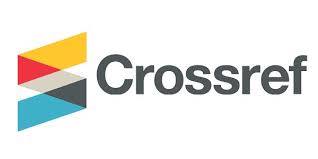Assessment of growth potentials between indigenous and crossbred buffaloes
DOI:
https://doi.org/10.47440/JAFE.2021.2113Keywords:
Body weight, breeding, growth rate, native, synchronizationAbstract
The buffalo is considered as fast-growing meat producing animal compare to cattle with lower cholesterol and higher nutrition content. This study was planned to elucidate the variation of body weight and average daily gain in both indigenous and F1 crossbred (Indigenous×Mediterranean) buffalo. Body weight was measured every three months from birth up to yearling stage for both indigenous (28-195 kg) and F1 crossbred (35-220 kg) buffalo progenies during the year 2011-2014. It was observed that body weight of indigenous buffalo significantly (p <0.05) differed in pre-weaning stage for first parity (81 kg)
compared to second parity (73 kg) while seasonal variations showed similar differences (p <0.05) in pre-weaning (86 kg in winter) and post-weaning (177 kg in winter) periods. However, there were no significant variations (p >0.05) found for body weight in crossbred buffaloes except differences (p <0.001 to p <0.05) from pre-weaning (110 kg) to post-weaning (207 kg) during the change of year. Significant differences (p <0.05-p <0.01) were observed for the effect of two parities and three seasonal variations at three (566 and 642 g), six (488 and 540 g) and nine (485 and 552 g) months of age in average daily gain of indigenous buffalo progenies, respectively. No significant variations were identified in crossbred progenies excluding year (p <0.001 to p <0.05) while highest average daily gain was found in three (818 g/day), six (600 g/day) and nine (631 g/day) months of age. Crossbred buffaloes were found to be superior compared to indigenous which could be used in the meat industry through a systemic breeding programme.






 Publisher:
Publisher: 